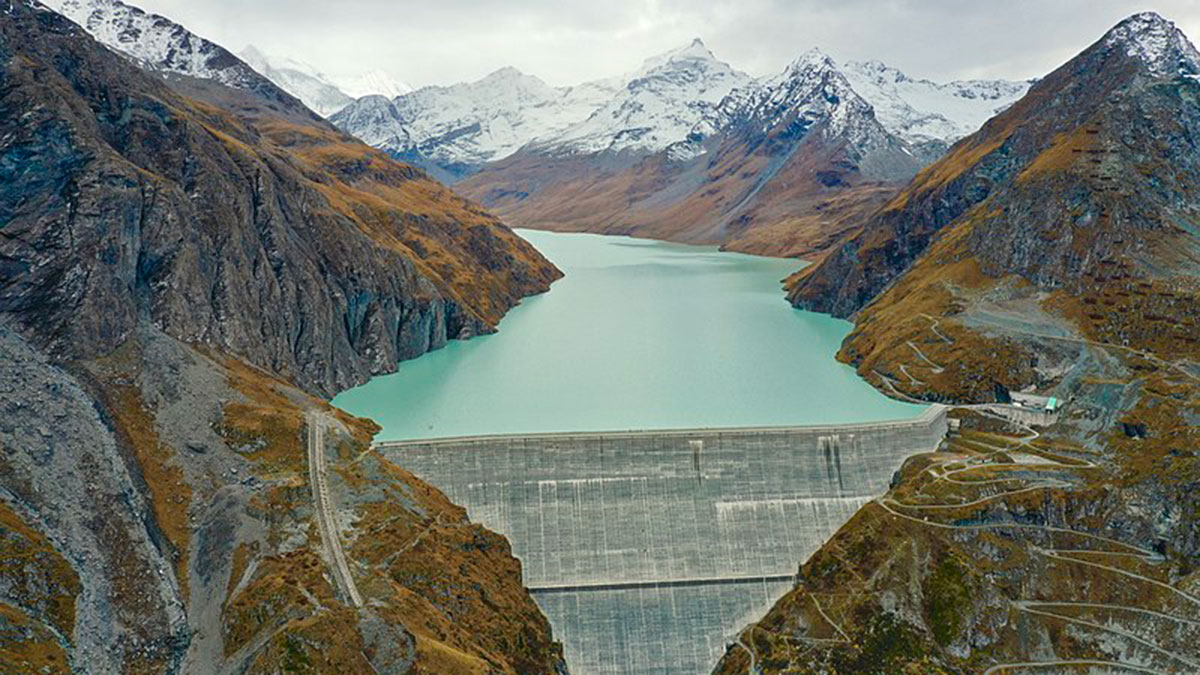Source: Journal of Geophysical Research: Biogeosciences
Methane is a potent greenhouse gas that accounts for about a fifth of today’s global warming. In addition to methane emitted from livestock and other agricultural practices, the gas is also spewed from the production, transport, and burning of fossil fuels and the breakdown of organic material. Methane is released into the atmosphere continually. Scientists track these emissions to use in climate modeling and greenhouse gas budgeting studies, so accurate measurements and emissions modeling systems are crucial.
Wetlands and inland water bodies like reservoirs contribute a substantial amount of methane to the atmosphere, but prior estimates are limited and highly variable. Prior reservoir emissions estimates ranged anywhere from 18 to 70 teragrams of methane per year.
Now a new study by Johnson et al. uses a grid approach to estimate daily methane emissions from reservoirs. Their approach gives detailed estimates of methane flux, both geographically and by time.
The authors note that the amount of methane released from reservoirs can vary depending on the area of the reservoir, local climate, time of day or year that flux measurements are taken, and freeze-thaw cycles. To better capture these fluctuations, the researchers set up a 0.25° × 0.25° (latitude-longitude) grid pattern over reservoirs around the world. They used available methane measurements reported for reservoirs, correcting for differences created by taking measurements at a certain time of day or season. They used satellite observations to define ice-free emissions periods to model total global emissions.
Using the average methane flux estimates for each grid and the duration of emissions periods, the researchers calculated global daily emissions over a full yearly cycle. They found that the global surface area of reservoirs is nearly 300,000 square kilometers and that reservoirs are concentrated in temperate and tropical regions. Reservoirs in temperate and tropical regions had higher methane emissions (121.4–140.9 milligrams per square meter per day) compared with boreal reservoirs (39.1 milligrams per square meter per day), and warmer months produced higher emissions.
Globally, the researchers estimated that 10.1 teragrams of methane are emitted from reservoirs per year—lower than previous estimates. The authors note differences in surface areas, treatment of seasonal/daily emissions measurements, and shorter emissions periods to account for the differences. They note that their new methods help reduce the uncertainties in global methane budgets and that their estimates will be useful for bottom-up biogeochemical and top-down atmospheric methane emissions estimates. (Journal of Geophysical Research: Biogeosciences, https://doi.org/10.1029/2021JG006305, 2021)
—Sarah Derouin, Science Writer

